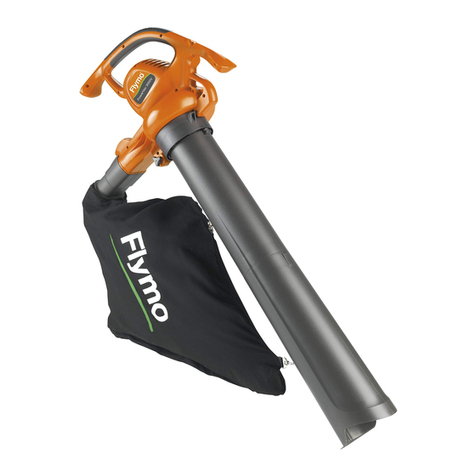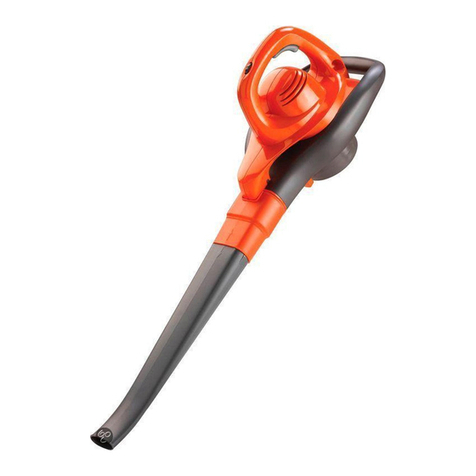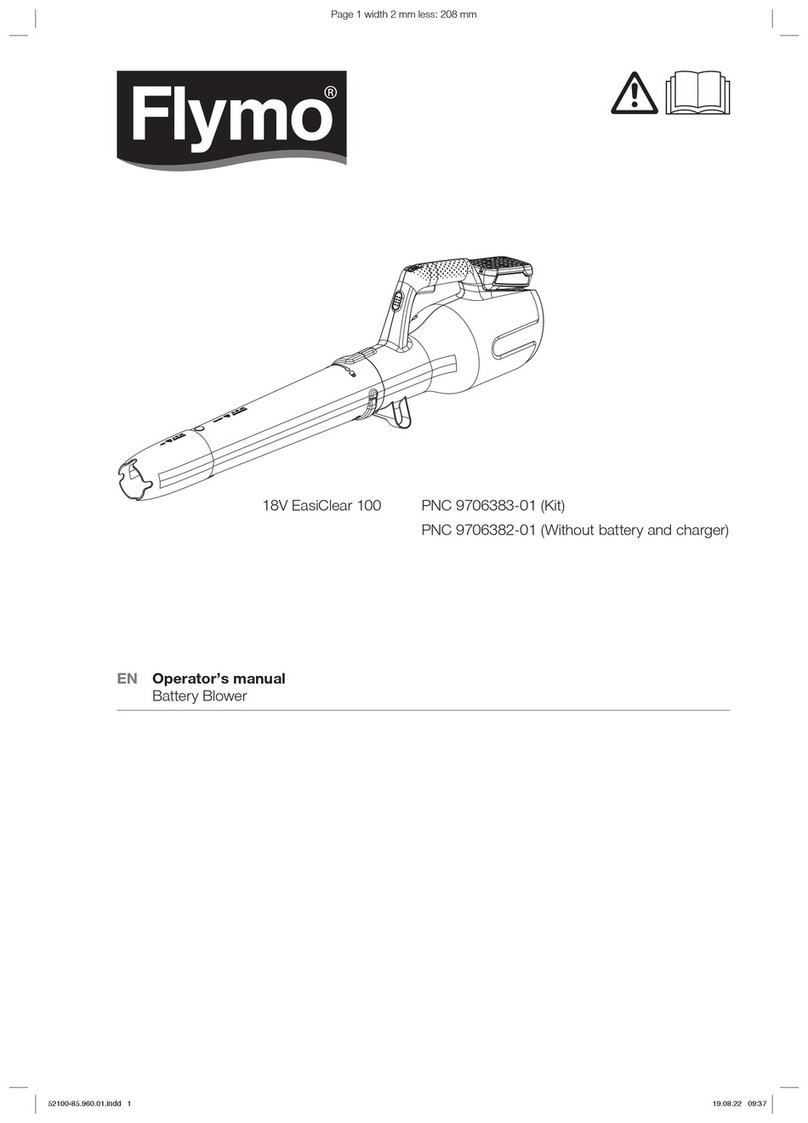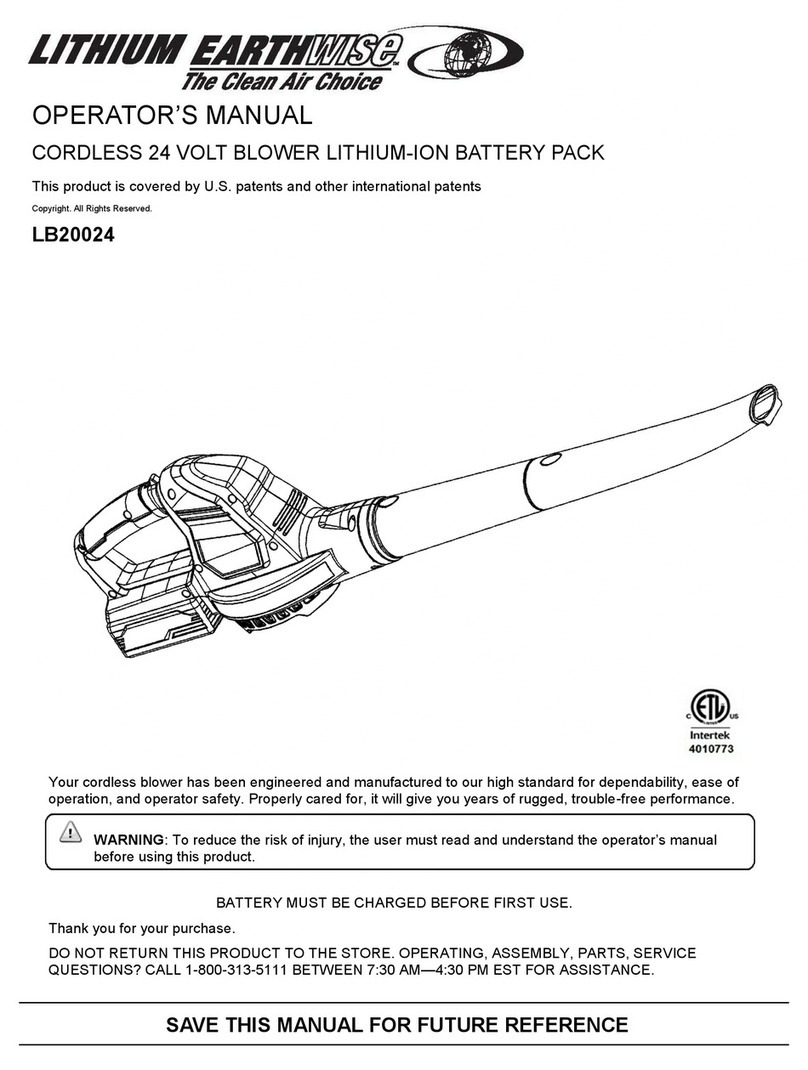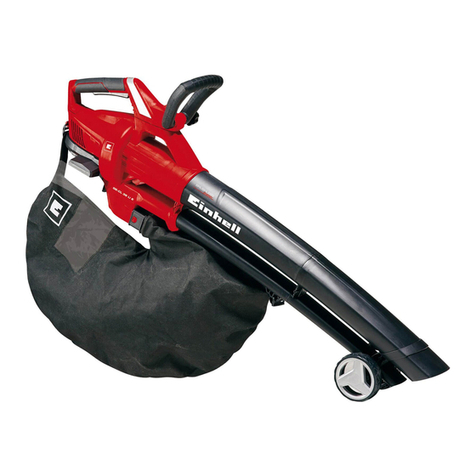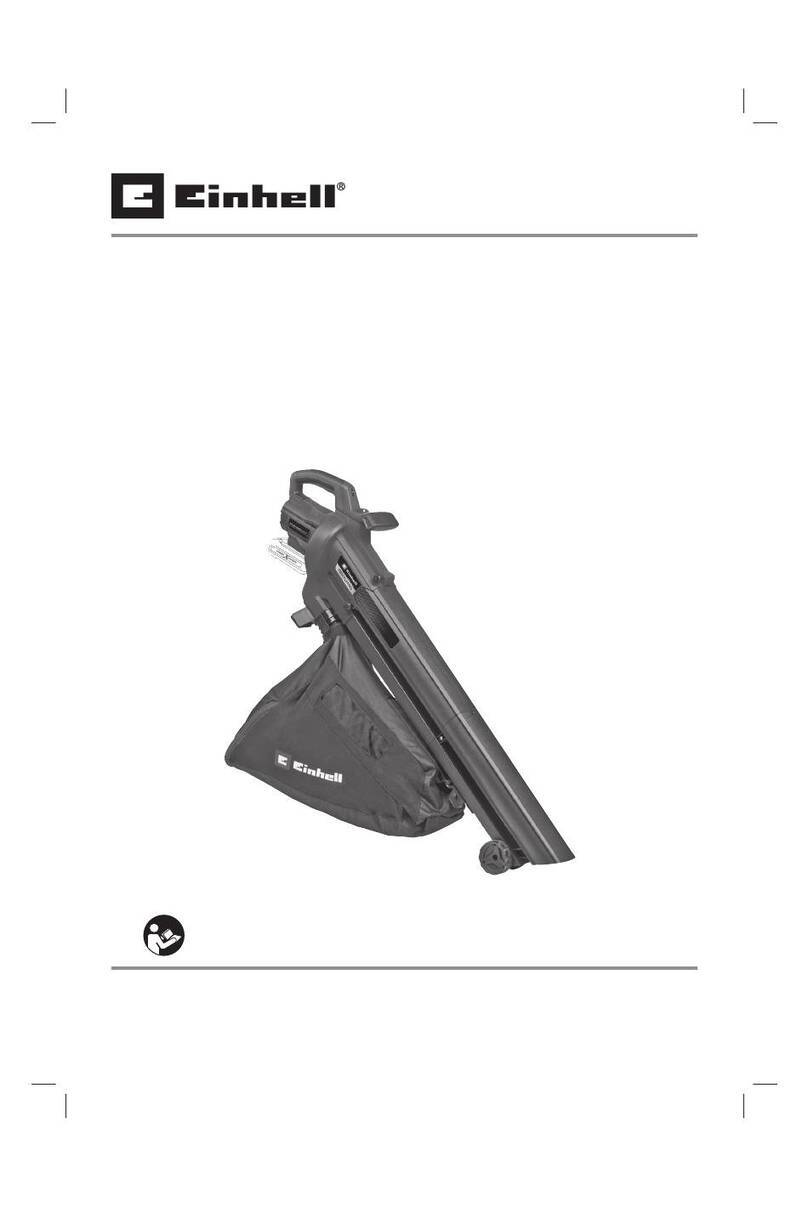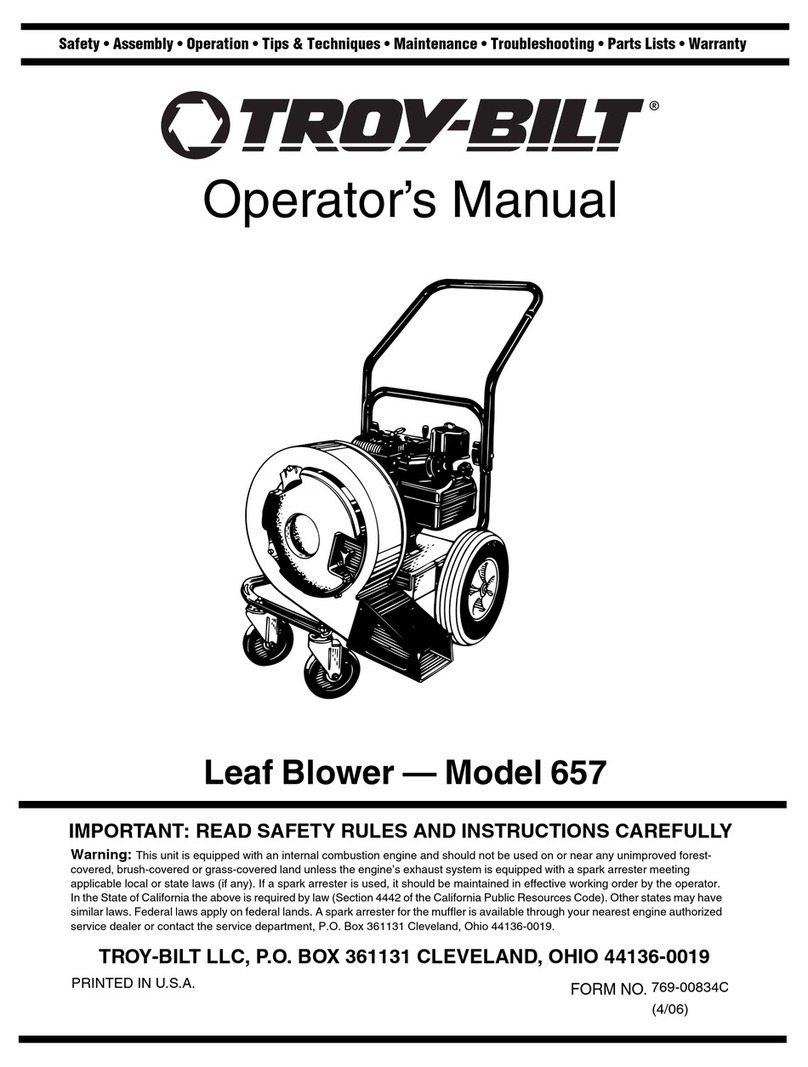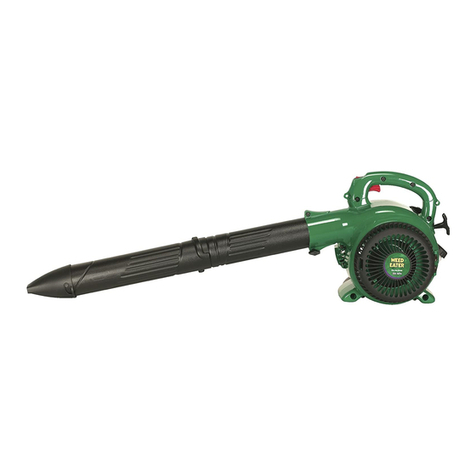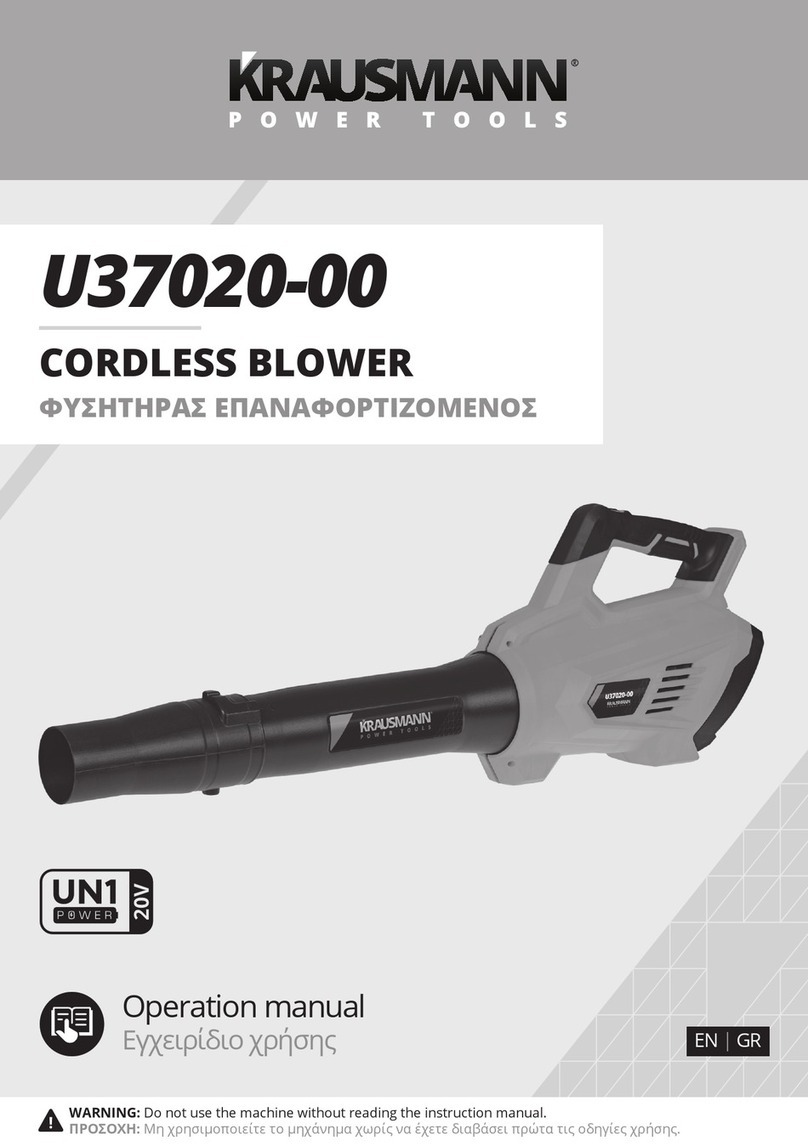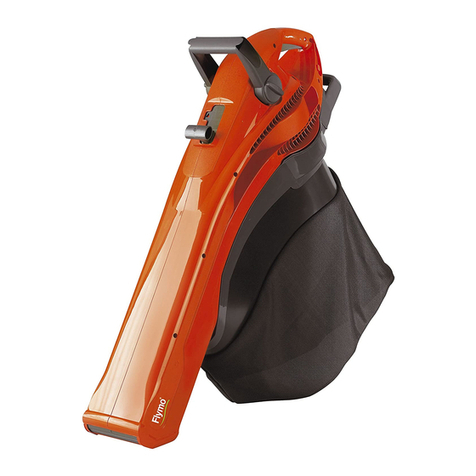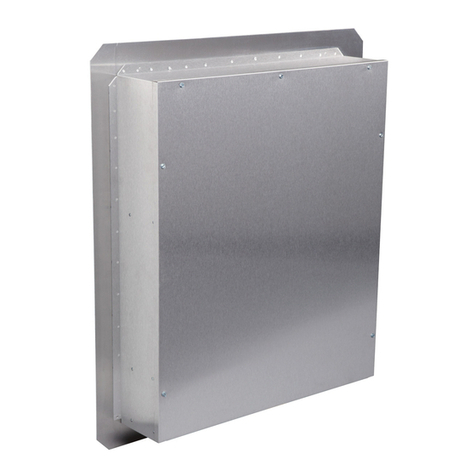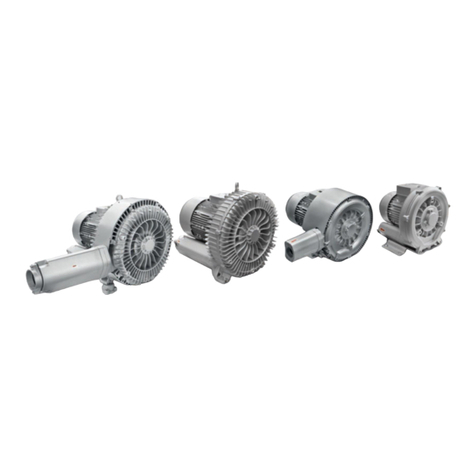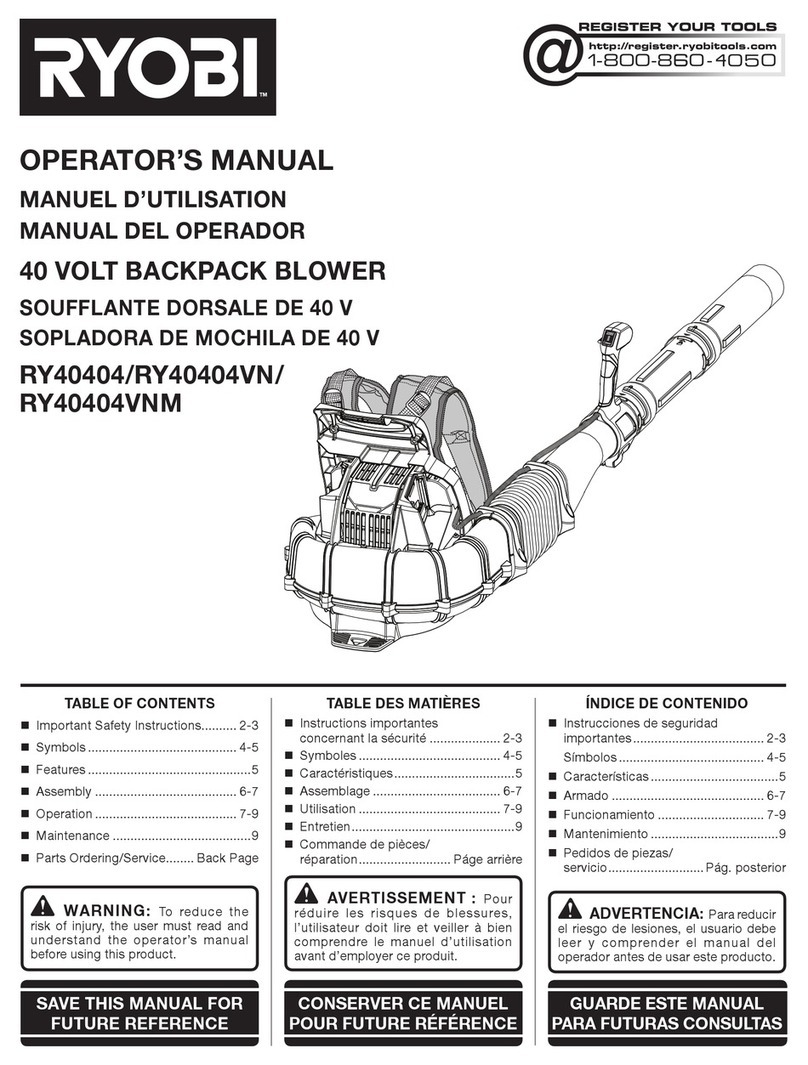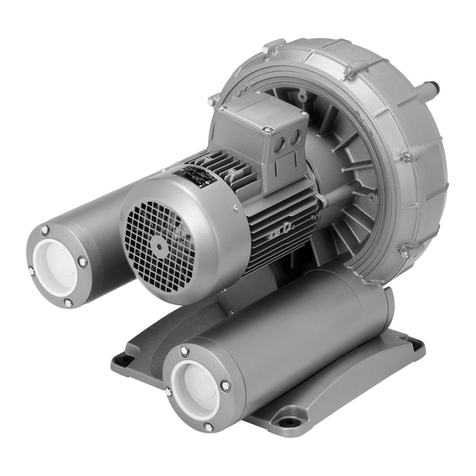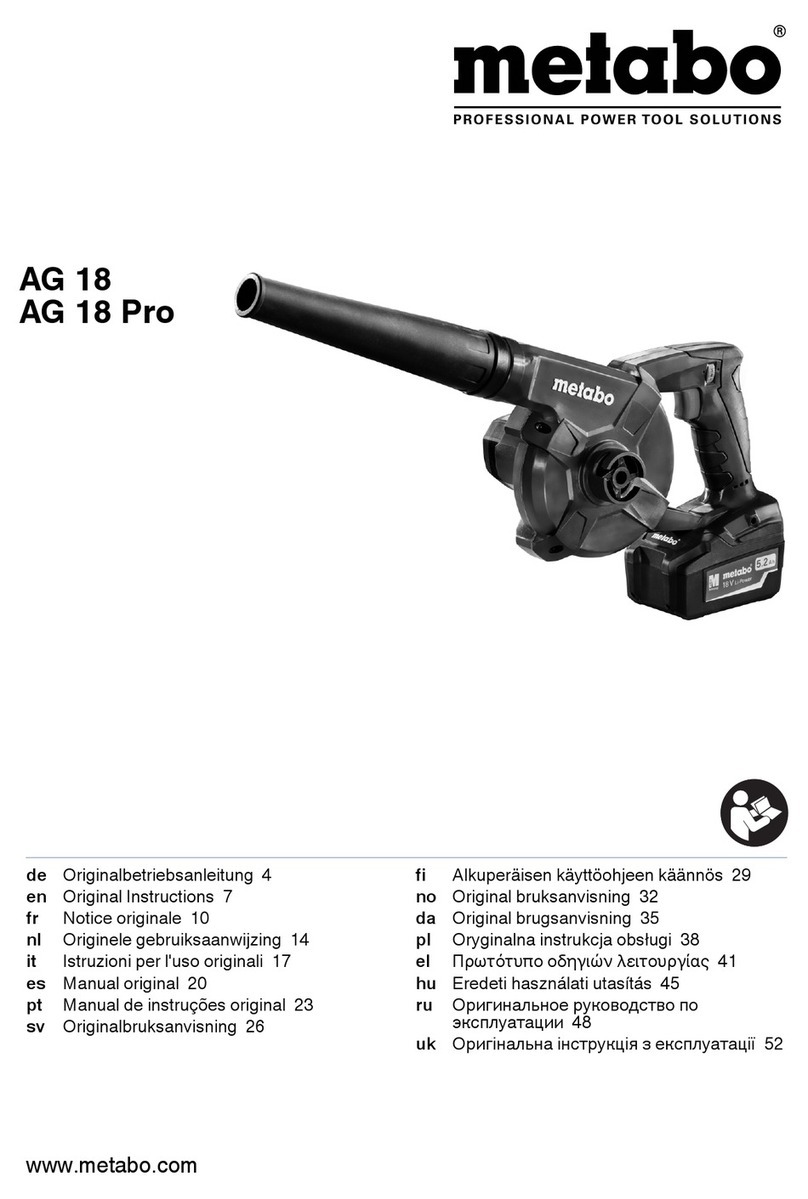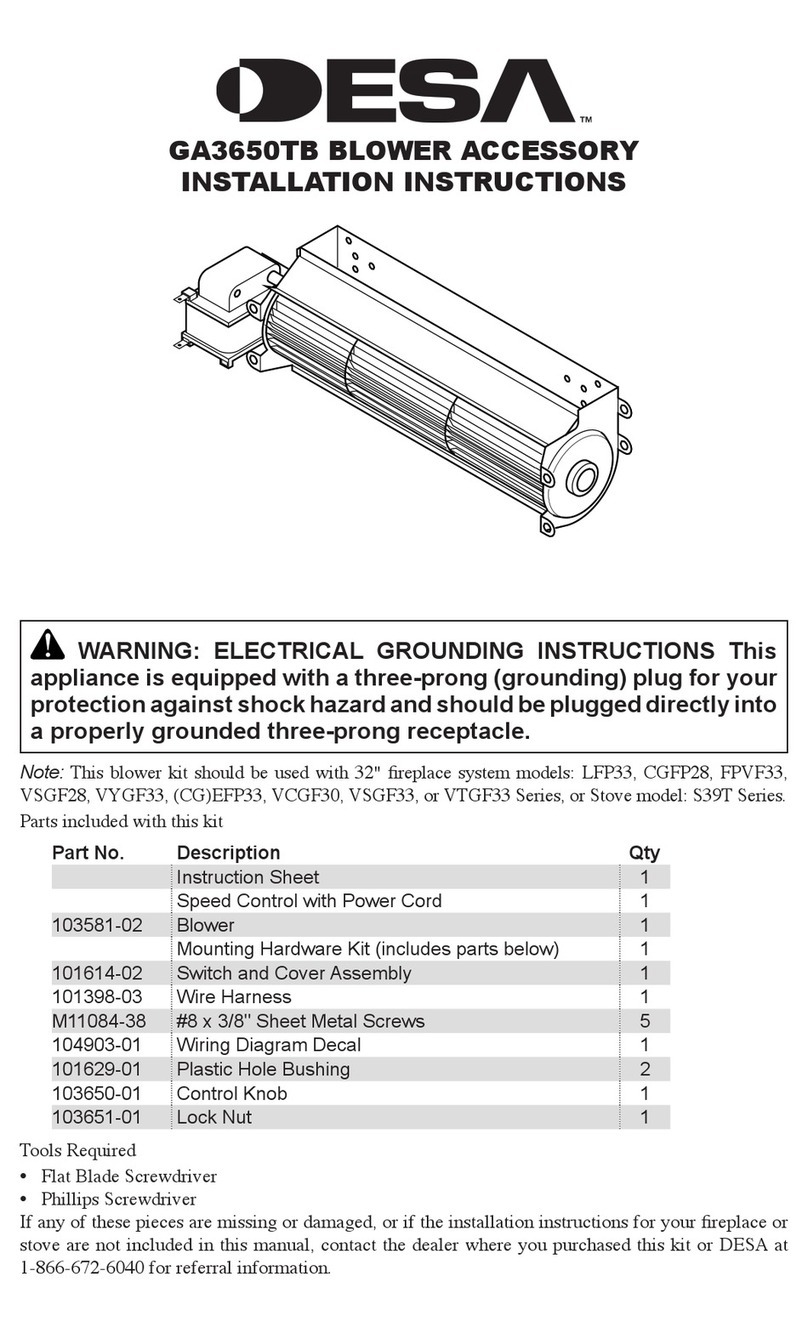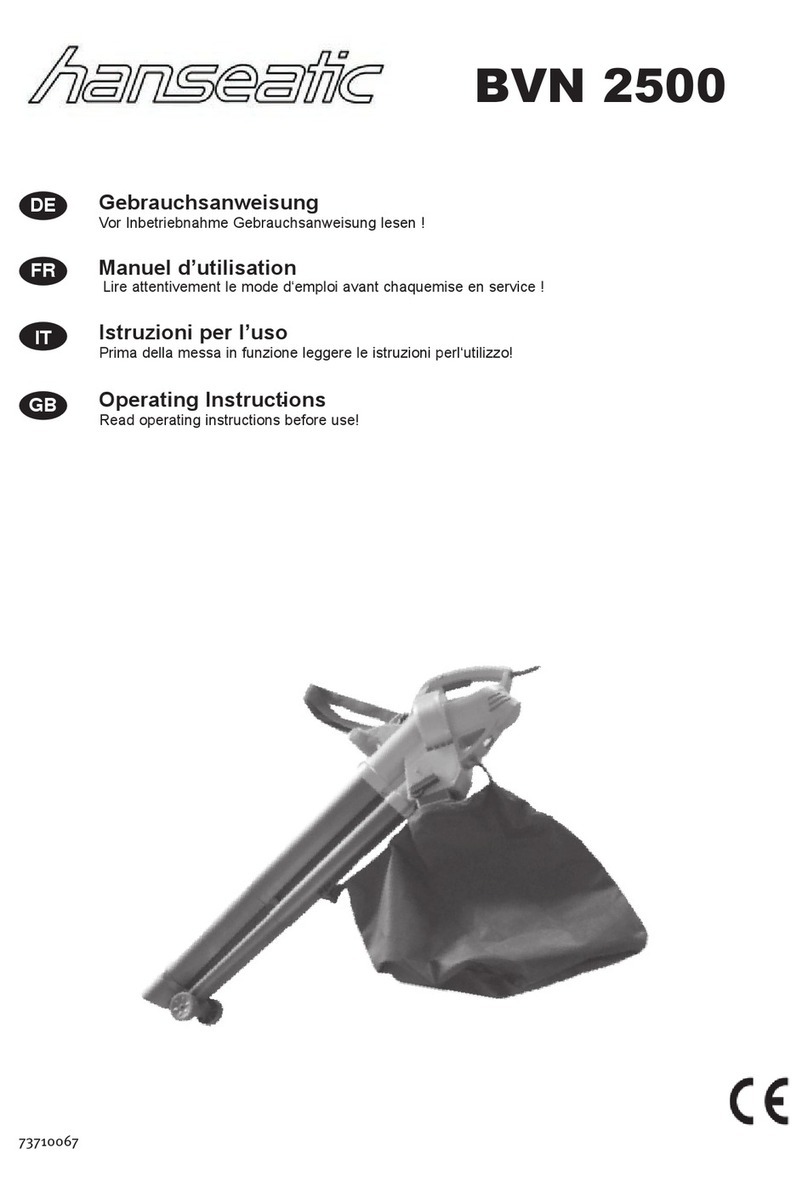• Do not overreach. Keep proper footing and balance
at all times. This enables better control of the power
tool in unexpected situations.
• Dress properly. Do not wear loose clothing or
jewellery. Keep your hair, clothing and gloves away
from moving parts. Loose clothes, jewellery or long
hair can be caught in moving parts.
• If devices are provided for the connection of dust
extraction and collection facilities, ensure these are
connected and properly used. Use of dust collection
can reduce dust-related hazards.
Power tool use and care
• Do not force the power tool. Use the correct power
tool for your application. The correct power tool will
do the job better and safer at the rate for which it was
designed.
• Do not use the power tool if the switch does not turn
it on and off. Any power tool that cannot be controlled
with the switch is dangerous and must be repaired.
• Disconnect the plug from the power source and/or
the battery pack from the power tool before making
any adjustments, changing accessories, or storing
power tools. Such preventive safety measures reduce
the risk of starting the power tool accidentally.
• Store idle power tools out of the reach of children
and do not allow persons unfamiliar with the power
tool or these instructions to operate the power tool.
Power tools are dangerous in the hands of untrained
users.
• Maintain power tools. Check for misalignment or
binding of moving parts, breakage of parts and
any other condition that may affect the power tools
operation. If damaged, have the power tool repaired
before use. Many accidents are caused by poorly
maintained power tools.
• Keep cutting tools sharp and clean. Properly
maintained cutting tools with sharp cutting edges are
less likely to bind and are easier to control.
• Use the power tool, accessories and tool bits etc.,
in accordance with these instructions and in the
manner intended for the particular type of power
tool, taking into account the working conditions and
the work to be performed. Use of the power tool for
operations different from those intended could result in a
hazardous situation.
Battery tool use and care
• Recharge only with the charger speci!ed by the
manufacturer. A charger that is suitable for one type
of battery pack may create a risk of fi re when used with
another battery pack.
• Use power tools only with speci!cally designated
battery packs. Use of any other battery packs may
create a risk of injury and fi re.
• When battery pack is not in use, keep it away from
other metal objects, like paper clips, coins, keys,
nails, screws or other small metal objects, that can
make a connection from one terminal to another.
Shorting the battery terminals together may cause burns
or a fi re.
• Under abusive conditions, liquid may be ejected
from the battery; avoid contact. If contact
accidentally occurs, "ush with water. If liquid
contacts eyes, additionally seek medical help. Liquid
ejected from the battery may cause irritation or burns.
Service
• Have your power tool serviced by a quali!ed repair
person using only identical replacement parts.
This will ensure that the safety of the power tool is
maintained.
SAFE OPERATING PRACTICES
Training
• Read the instructions carefully. Be familiar with the
controls and the correct use of the machine.
• Never allow children or people unfamiliar with these
instructions to use the machine. Local regulations can
restrict the age of the operator.
• Keep in mind, that the operator or user is responsible for
accidents or hazards occurring to other people or their
property.
Preparation
• Obtain ear protection and safety glasses. Wear them at
all times while operating the machine.
• While operating the machine always wear substantial
footwear and long trousers. Do not operate the machine
when barefoot or wearing open sandals. Avoid wearing
clothing that is loose fi tting or that has hanging cords
or ties.
• Do not wear loose clothing or jewellery that can be
drawn into the air inlet. Keep long hair away from the
air inlets.
• Operate the machine in a recommended position and
only on a fi rm, level surface.
• Do not operate the machine on a paved or gravel
surface where ejected material could cause injury.
• Before using, always visually inspect to see, that the
shredding means, shredding means bolts and other
fasteners are secure, the housing is undamaged and
that guards and screens are in place. Replace worn
or damaged components in sets to preserve balance.
Replace damaged or unreadable labels.
• Before use, check the supply and extension cord for
signs of damage or aging. If the cord becomes damaged
during use, disconnect the cord from the supply
immediately. DO NOT TOUCH THE CORD BEFORE
DISCONNECTING THE SUPPLY. Do not use the
machine if the cord is damaged or worn.
• Never operate the machine while people, especially
children, or pets are nearby.
Operation
• Before starting the machine, make certain that the
feeding chamber is empty.
• Keep your face and body away from the feed intake
opening.
• Do not allow hands or any other part of the body or
clothing inside the feeding chamber, discharge chute, or
near any moving part.
• Keep proper balance and footing at all times. Do not
overreach. Never stand at a higher level than the base
of the machine when feeding material into it.
• Always stand clear of the discharge zone when
operating this machine.
• When feeding material into the machine be extremely
careful that pieces of metal, rocks, bottles, cans or other
foreign objects are not included.
• If the cutting mechanism strikes any foreign objects or
if the machine should start making any unusual noise
or vibration, immediately shut off the power source and
allow the machine to stop. Disconnect the machine from
the supply and take the following steps before restarting
and operating the machine:
• inspect for damage;
• replace or repair any damaged parts;
• check for and tighten any loose parts.
• Do not allow processed material to build up in the
discharge zone; this may prevent proper discharge and
